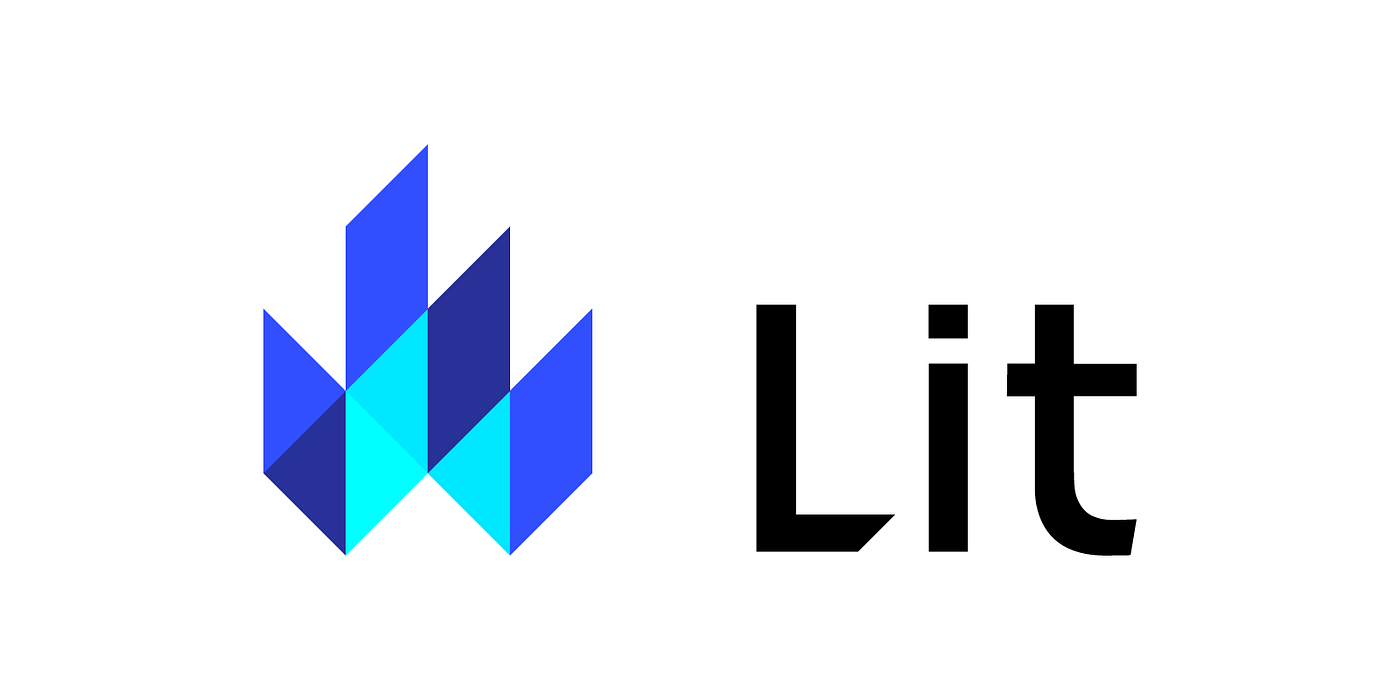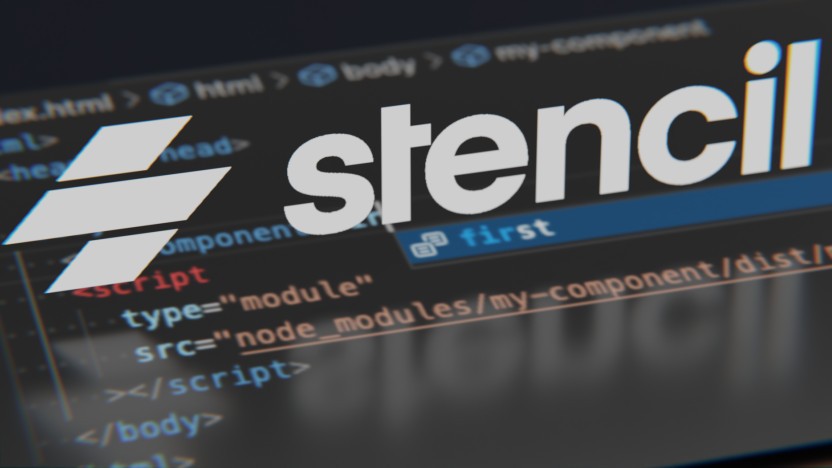A Comparative Analysis Between Frontend Technologies
 Dominic Oladapo-Tonade
Dominic Oladapo-Tonade
Where ReactJS reigns supreme in the evolving landscape of frontend development, I'll be talking about and comparing lesser-known alternatives can offer fresh perspectives and unique advantages. Today, I'll feature two intriguing contenders: LitElement and Stencil.
LitElement: The Web Components Champion
LitElement is simply a base class for creating fast and lightweight web components. Built on the standards of web components, the technology leverages the native browser capabilities which allows it to deliver high performance and reusable components with no need for any large framework.
One of its standout features is its use of lit-html for templating which allows for efficient updates to the DOM with minimal overhead. Also, the declarative syntax and reactive properties make it easy to manage state and re-render components only when necessary. Since it is built on web standards, frontend developers also use it seamlessly with other frameworks and libraries, promoting interoperability and future-proofing their code.
Stencil: The Compiler for Web Components
Stencil, developed by the team behind the Ionic Framework, is a compiler which has the ability to generate small, fast and 100% standards-based web components. It combines the best features of popular frameworks like React and Angular while keeping the output as native web components.
The major strength of Stencil lies in its pre-rendering and lazy-loading capabilities. By pre-rendering components at build time and only loading them when needed, it significantly improves the initial load time and total performance of web apps. It also provides support for TypeScript out of the box, therefore providing type safety and modern JavaScript features, which enhances developers and code maintainability.
React at HNG Internship
As a participant in the HNG Internship, ReactJS serves as the cornerstone of frontend development. Its component-based architecture and extensive ecosystem empower developers to build scalable and maintainable applications. At HNG, leveraging React equips interns with valuable skills sought after in today's tech industry, preparing them for diverse challenges and opportunities.
Conclusion
In conclusion, choosing between LitElement, Stencil or React depends on your project requirements and development preferences. LitElement offers a lightweight, standards-based approach ideal for interoperability, while Stencil provides advanced features for building high-performance, scalable applications. Of course, React continues to dominate with its robust ecosystem and community support however, exploring these technologies not only expands your skill set but also equips you to adapt to evolving industry trends.
For more information on how HNG Internship integrates React into its curriculum, visit HNG Internship. Join us in embracing the future of frontend development!
Subscribe to my newsletter
Read articles from Dominic Oladapo-Tonade directly inside your inbox. Subscribe to the newsletter, and don't miss out.
Written by


